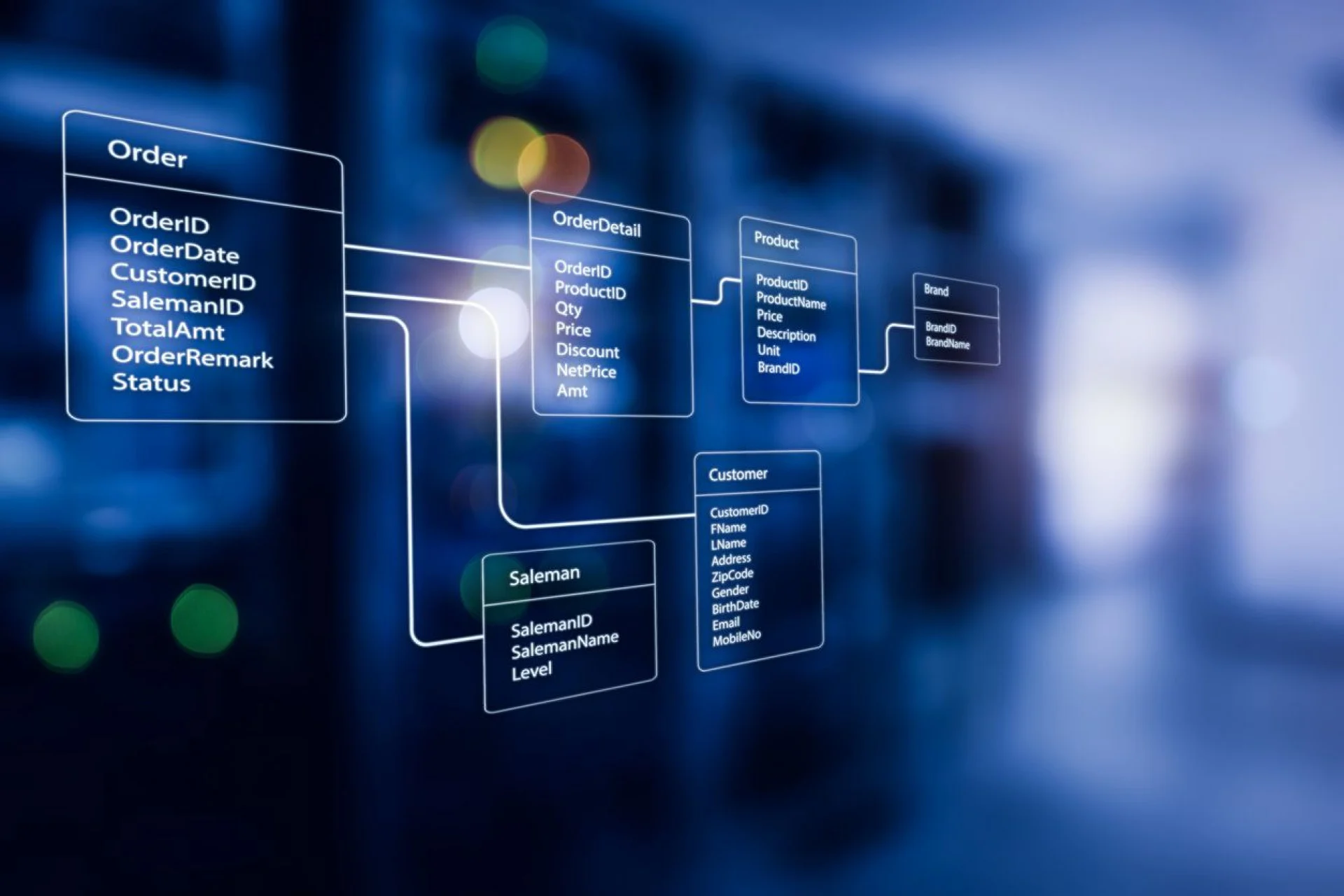Data is the foundation of modern data science, and databases play a crucial role in storing, managing, and retrieving this data efficiently. Database Fundamentals for Data Science is a comprehensive course designed to equip learners with essential database management skills, focusing on SQL (Structured Query Language), NoSQL databases, and database integration with Python.
This course covers the core principles of relational and NoSQL databases, providing hands-on experience in designing, querying, and optimizing databases for real-world data science applications. You will learn how to use SQL for data extraction, manipulation, and analysis, as well as explore NoSQL databases like MongoDB for handling unstructured data. Additionally, you will integrate databases with Python, enabling seamless data retrieval and processing for machine learning and data analytics.
Whether you are an aspiring data scientist, analyst, or software developer, this course provides the necessary knowledge and practical skills to work with databases efficiently. By the end of this course, you will be able to design, manage, and query databases for large-scale data analysis, making you a valuable asset in any data-driven organization.
Why Take This Course?
- Industry-Relevant Skills: Learn practical database techniques used in real-world data science projects.
- Hands-On Learning: Work with real datasets and implement SQL and NoSQL queries.
- Python Integration: Learn how to connect and manipulate databases using Python.
- Capstone Project: Apply your skills to design and query a real-world database system.
- Career Growth: Gain in-demand skills that are essential for data science, analytics, and software engineering roles.
By the end of this course, you will have the confidence and technical expertise to work with databases in data science, analytics, and machine learning applications.
Curriculum
- 8 Sections
- 40 Lessons
- 2160 Hours
- Introduction to Databases in Data ScienceThis module sets the foundation by introducing databases through the lens of data science. Students will learn what databases are, why they are essential for storing, managing, and retrieving large volumes of structured data, and how they fit into the modern data stack. The module also explores the difference between relational and non-relational databases and how data scientists interact with both.5
- Core Relational Database ConceptsDiving into the structure of relational databases, this module covers the essential components like tables, rows, columns, and the relational model. Learners will explore how relationships are defined through primary and foreign keys, how constraints maintain data integrity, and how relational databases organize real-world data into connected structures. This theoretical grounding supports strong data design and querying practices.6
- Data Modeling & Schema DesignEffective database use starts with strong data modeling. This module teaches learners how to translate real-world scenarios into conceptual and logical data models. Through hands-on practice with ER diagrams and normalization techniques, students will learn how to design clean, efficient, and scalable schemas that reduce redundancy and improve query performance in analytical contexts.6
- Database Architecture & Storage ConceptsUnderstanding how databases work under the hood empowers learners to optimize performance and scalability. This module covers internal architecture concepts, such as how data is stored on disk, how indexes speed up queries, and how transactions ensure consistency. It also introduces ACID principles and caching, helping learners understand what makes a database reliable and fast.5
- Connecting Databases to Data Science ToolsIn this module, learners move from theory to practice by accessing databases using common data science programming tools like Python and Pandas. The focus is on connecting to databases securely, executing queries from code, and efficiently extracting, transforming, and loading (ETL) data for analysis. Students will also learn how to work with large datasets while minimizing memory use.5
- Introduction to NoSQL for Data ScienceAs data becomes more diverse and less structured, NoSQL databases are increasingly relevant. This module introduces students to non-relational models such as document stores (e.g., MongoDB), key-value stores, and wide-column stores. Learners will understand when and why to use NoSQL in data science workflows and practice handling semi-structured data like JSON in real-world scenarios.6
- Databases in Analytics & BI WorkflowsDatabases play a crucial role in business intelligence and analytics. This module explores how data is organized for reporting, dashboarding, and decision-making. Students will learn about data warehouses, OLTP vs OLAP systems, and how to create views, staging tables, and dimension/fact tables for streamlined analysis using tools like Power BI or Tableau.6
- Real-World Applications & Capstone ProjectIn the final module, students synthesize everything they’ve learned in a hands-on capstone project. They will design a full mini-database around a practical data science problem (e.g., tracking user behavior, sales, or healthcare records), write analytical queries, and generate insights. This project prepares them for real-world roles and can be added to their professional portfolio.6

